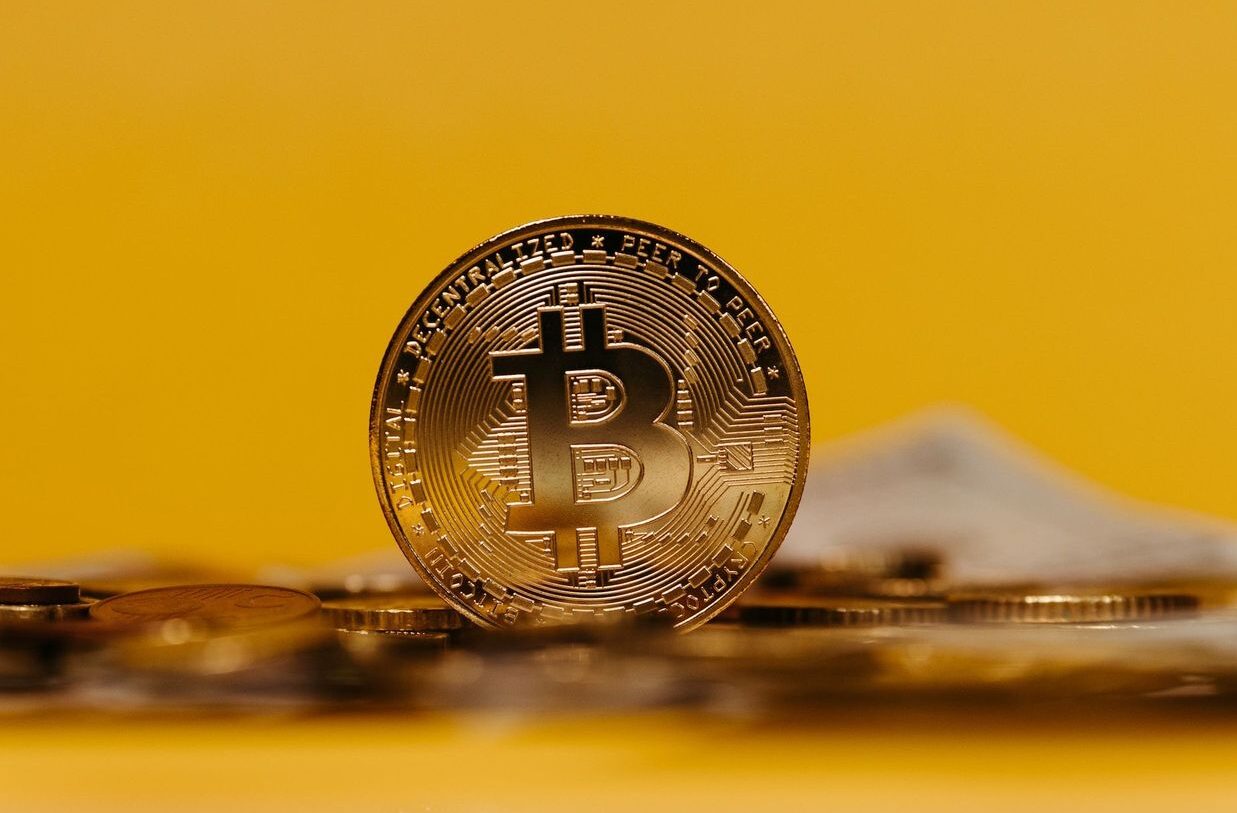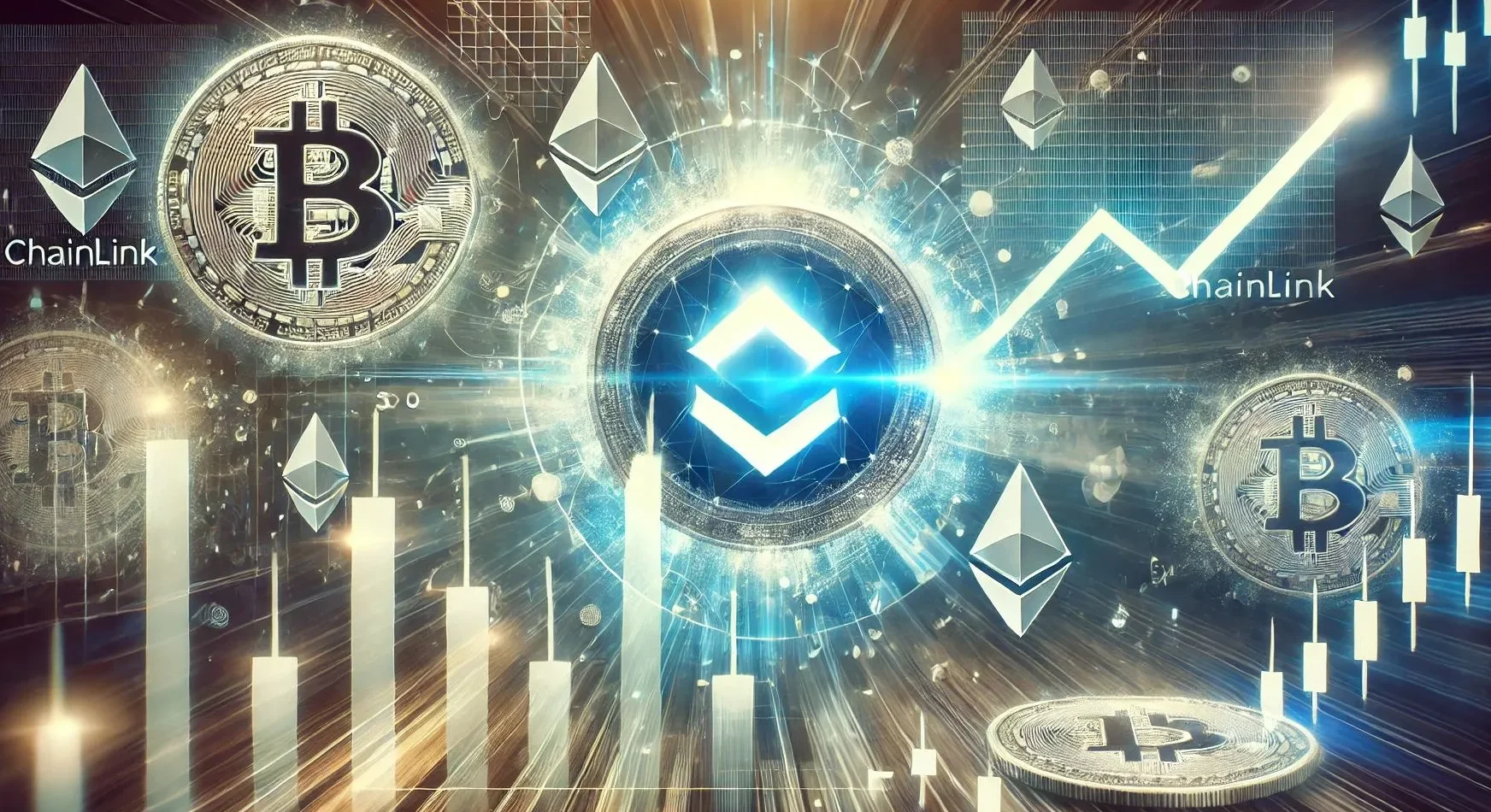Israel-Iran tensions crypto impact situation gets worse, cryptocurrencies are once again in the news, showing how unstable they are. Bitcoin (BTC), Ethereum (ETH), and Ripple’s XRP are all having a hard time holding on to important support levels as tensions between countries affect how investors feel. Bitcoin’s Strong 2025 Adoption used to be considered as a way to protect against macroeconomic volatility, but now they are stuck in a paradox where people are both fleeing to safety in digital gold and selling off their coins at the same time because of market fear.
The rise in tensions between Israel and Iran has been the main story in the news around the world lately. This growing disagreement has caused a lot of trouble in digital asset markets, as well as in oil prices and stocks. Investors are dealing with a complicated mix of geopolitical threats, worries about inflation, and regulatory issues, which makes capital movement in the crypto ecosystem unpredictable.
Bitcoin Faces Pressure Amid Uncertainty
People have long thought of Bitcoin as a way to measure how much risk people are willing to take in the digital world. BTC has been stuck around the $66,000-$68,000 range for the past week, with prices falling because of rising concern in global markets. Analysts say that the $66,800 level is now a temporary support level, and if it breaks, it might mean that prices could drop even more towards the $63,500 area.
 Even though the market is bearish right now, long-term bullish feelings are still strong because of things like the recent halving event, more institutional investment, and more Layer-2 adoption. Tools like Glassnode and CryptoQuant show that although regular traders are selling in a panic, long-term holders are buying more. This shows a difference in how the market is acting that could affect the next move in prices. People who study the market are keeping a careful eye on changes in the U.S. bond rates and the dollar index. These are classic measures that often move in the opposite direction of Bitcoin prices. If tensions in the Middle East cause energy prices to rise and inflation to rise, the Federal Reserve may have to keep its aggressive monetary policies in place longer than expected. This might make more volatile.
Even though the market is bearish right now, long-term bullish feelings are still strong because of things like the recent halving event, more institutional investment, and more Layer-2 adoption. Tools like Glassnode and CryptoQuant show that although regular traders are selling in a panic, long-term holders are buying more. This shows a difference in how the market is acting that could affect the next move in prices. People who study the market are keeping a careful eye on changes in the U.S. bond rates and the dollar index. These are classic measures that often move in the opposite direction of Bitcoin prices. If tensions in the Middle East cause energy prices to rise and inflation to rise, the Federal Reserve may have to keep its aggressive monetary policies in place longer than expected. This might make more volatile.
Ethereum Struggles, Long-Term Strength Grows
Ethereum, the second-largest cryptocurrency by market valuation, has not been able to avoid the macroeconomic shockwaves. ETH has fell below its important support level of $3,700 and is now trying to stay above $3,500. The Ethereum chart displays symptoms of bearish divergence on the Relative Strength Index (RSI), and not being able to stay above the 100-day moving average could lead to more selling pressure.
Ethereum’s strong ecosystem, on the other hand, offers a more stable long-term story. More and more people are using decentralised finance (DeFi) protocols. NFTs. And Layer-2 scaling solutions like Optimism and Arbitrum. This is keeping developers and money inside the Ethereum network. Long-term staking measures and ETH trapped in smart contracts show that the market is getting stronger, even though volatility is driving speculative investors out. IntoTheBlock’s on-chain data shows that more and more addresses are holding ETH for more than a year. Which shows that people are confident even though prices go up and down in the near term. Also. Ethereum’s switch to Proof of Stake is still lowering the amount of new coins being made, which is putting deflationary pressure on the market. This pressure could get worse if the network becomes active again.
XRP Wavers Amid Legal, Market Pressures
XRP, often known for its association with cross-border payments and the ongoing legal tussle between Ripple Labs and the U.S. Securities and Exchange Commission (SEC). Has also felt the tremors of geopolitical instability. XRP’s price recently dipped below $0.52. With the next critical support resting near $0.48. The asset, which was staging a recovery on hopes of a favorable resolution in the SEC lawsuit, now finds itself at the mercy of broader market risk aversion.
Israel-Iran tensions crypto impact. XRP’s use case continues to attract institutional attention, particularly in the Asia-Pacific region. Countries like Japan. South Korea. And the UAE have shown interest in leveraging RippleNet for faster, cheaper remittance channels. This real-world utility positions XRP as a unique asset in the digital space. Though its near-term price outlook remains clouded by macroeconomic and legal uncertainty. In parallel, recent court developments indicate that Ripple’s legal team is pressing for case closure, potentially paving the way for XRP to be relisted on major U.S. exchanges. If realized. This could be a catalyst for price revaluation, although such outcomes remain speculative and tied closely to regulatory narratives.
Geopolitical Tensions Rattle Crypto Sentiment
Geopolitical crises often introduce uncertainty that transcends asset classes. And the Israel-Iran standoff is no exception. Historically. Bitcoin has displayed mixed reactions to global crises. During periods of acute panic. It has behaved like a risk asset. Falling alongside equities. Yet. Over longer durations. It often recovers faster due to its decentralized. Borderless nature and finite supply.
Ethereum and XRP. While also global. Are more prone to shifts in developer sentiment. Regulatory actions. And ecosystem engagement. The ongoing geopolitical tension not only disrupts capital flow but also threatens to fragment investor trust—particularly if regional internet outages. Censorship efforts. Or surveillance increase in conflict-affected areas. The global nature of crypto trading makes it susceptible to sentiment shifts in any major economic hub. Exchanges in the Middle East. Like BitOasis. Have reported increased volatility and trading volumes. Reflecting both concern and opportunity as traders attempt to front-run geopolitical news cycles.
Traders Seek Safety Amid Rising Volatility
Israel-Iran tensions crypto impact, traders are relying more and more on complex analytics tools like TradingView. CoinGlass. And Santiment to make judgements based on data. There has been a lot of activity in the options market. Notably around BTC and ETH expirations. This suggests that institutional investors are trying to protect their investments in the face of uncertainty.
 There has also been a big increase in the use of stablecoins, which shows that people are looking for safety in the crypto world. USDT, USDC, and DAI have all witnessed more on-chain transfers as traders hold onto their money in case of bigger corrections. This behaviour is similar to what happened in the past when digital dollars were the safest place to go during times of trouble. Derivatives platforms like Binance Futures, Deribit, and Bybit are seeing a lot of open interest, which might make short-term volatility worse through liquidations. At the same time, decentralised protocols that let you trade with leverage are seeing more slippage and changes in the funding rate, which shows how important it is to be careful.
There has also been a big increase in the use of stablecoins, which shows that people are looking for safety in the crypto world. USDT, USDC, and DAI have all witnessed more on-chain transfers as traders hold onto their money in case of bigger corrections. This behaviour is similar to what happened in the past when digital dollars were the safest place to go during times of trouble. Derivatives platforms like Binance Futures, Deribit, and Bybit are seeing a lot of open interest, which might make short-term volatility worse through liquidations. At the same time, decentralised protocols that let you trade with leverage are seeing more slippage and changes in the funding rate, which shows how important it is to be careful.
Final thoughts
Israel-Iran tensions crypto impact war headlines, the crypto market remains entangled in a web of regulatory uncertainty. The U.S. SEC. European Securities and Markets Authority (ESMA). And other global regulators are in the process of rolling out frameworks that will define crypto’s future legality and legitimacy. Recent commentary from SEC Chair Gary Gensler suggests no immediate clarity for tokens like XRP. Which continue to exist in a regulatory gray zone.
This regulatory ambiguity, compounded with geopolitical chaos, creates a double whammy for risk assets like cryptocurrencies. Yet. Industry leaders such as Coinbase CEO Brian Armstrong and Ethereum co-founder Vitalik Buterin advocate for a more open global framework to foster innovation. Especially in countries struggling with capital restrictions or inflation.










